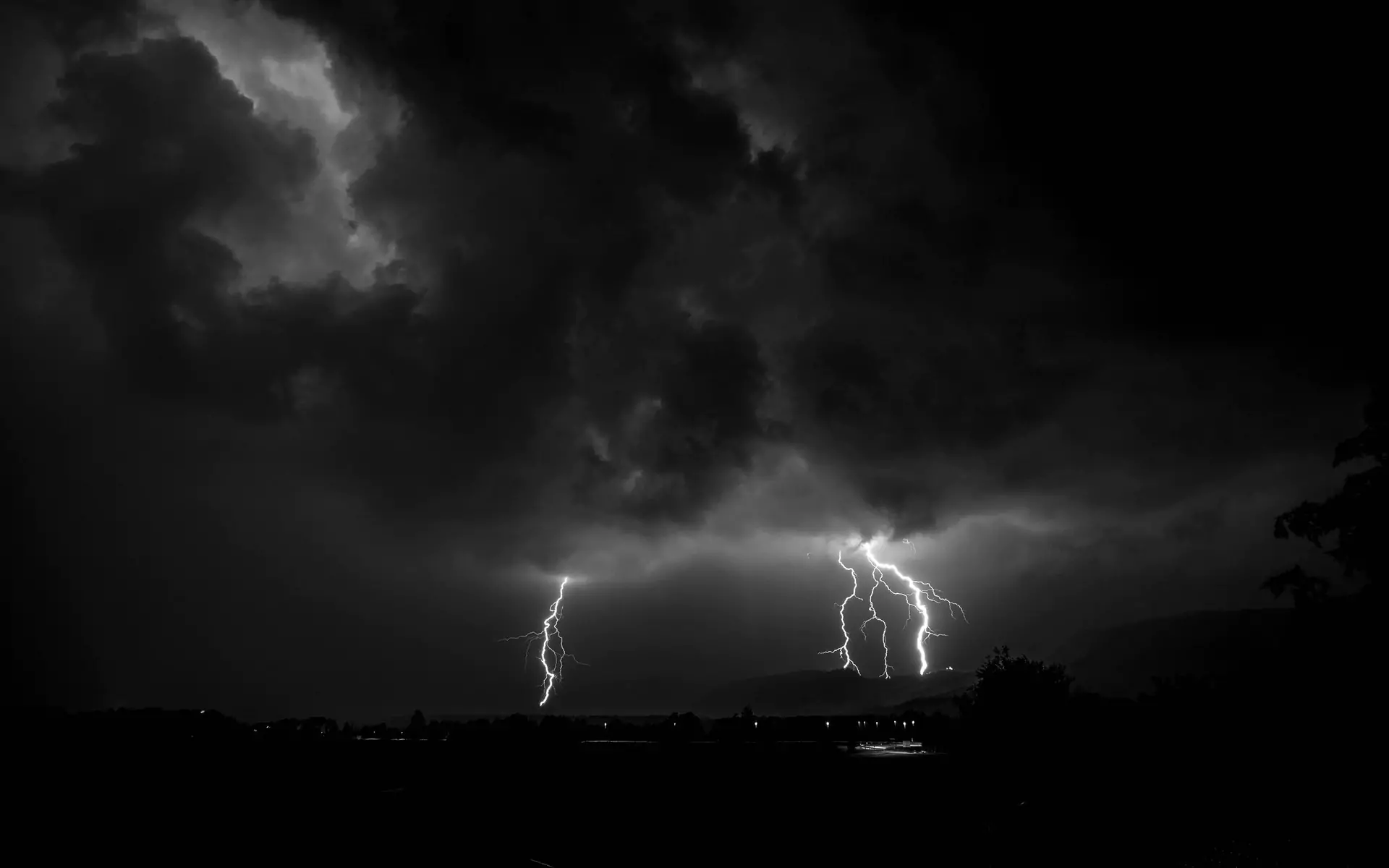It has been stated elsewhere in this series of articles on weather that if the Earth had no atmosphere, then we would have no weather. Just for the sake of argument, imagine an Earth with an atmosphere like we have today, but without a sun. If there were no sun, there would be no weather (and not just because the atmosphere would likely be frozen solid). It is the interaction of the sun's heat and our atmosphere that forms air masses, causes circulation patterns to appear. Air movements create pressure differentials which ultimately result in wind.
The air in Earth's atmosphere, like all matter, is composed of molecules that move about constantly. Where the concentration of air molecules is denser, the air pressure is greater. Air molecules are subject to gravity, so the air pressure is best nearest the Earth's surface, and decreases with altitude. At sea level, the atmosphere exerts about 14 and a half pounds of pressure on every square inch, but we are generally unaware of it.
Air pressure is measured in hectopascals or millibars. Typical air pressure measurements range from 980 to 1040 hectopascals, depending on local conditions.
These constantly moving air molecules move at different speeds depending on temperature (warmer results in faster movement, cooler in slower). When a mass of air is heated and the molecules speed up, the air mass expands. Expansion causes the density of the molecules to decrease, which makes the air mass lighter. The now lighter air mass begins to rise. This entire process is called convection.
Convection is taking place constantly in the atmosphere almost the world. But it doesn't happen uniformly or regularly. Many local factors affect whether convection occurs, and if so, how much.
Air cools as it rises. So rising warm air masses eventually cool off and start to sink back toward the ground. Where air is rising, low pressure occurs. Where it is sinking, high pressure occurs. Since the atmosphere "prefers" equilibrium, air from high pressure areas move toward low pressure areas. This movement of air is wind. The greater the difference between the high and low pressure areas, the stronger the winds it will create.
As air rises and creates a low pressure area, water vapor usually condenses to form clouds. But falling air in high pressure areas usually does not enable condensation. This all means that low pressure areas usually have clouds and wet weather, while high pressure areas usually have clear skies with sun.
